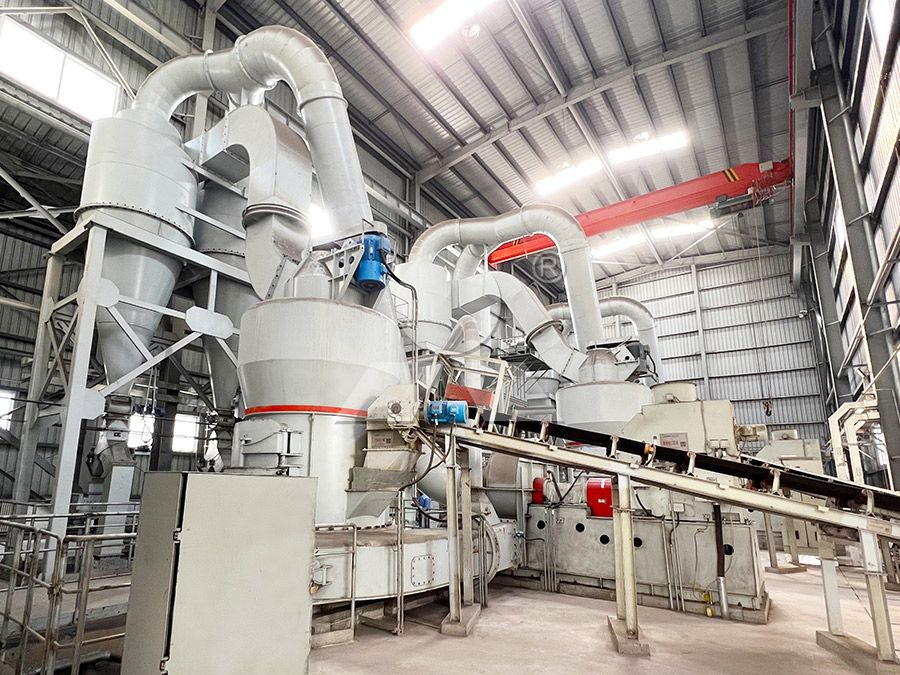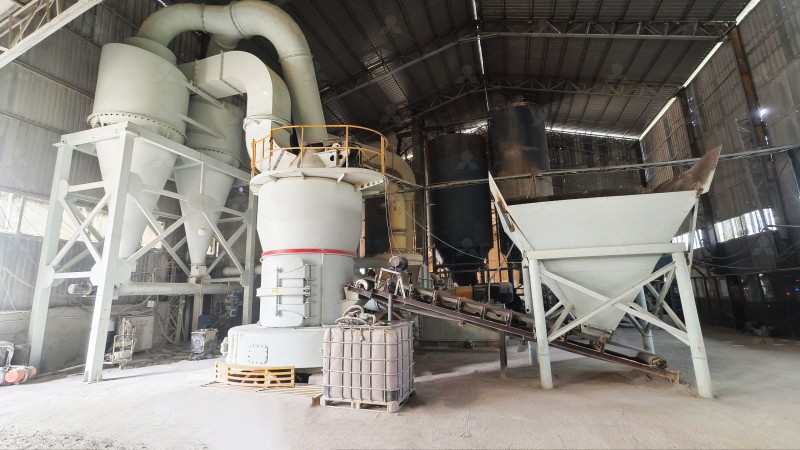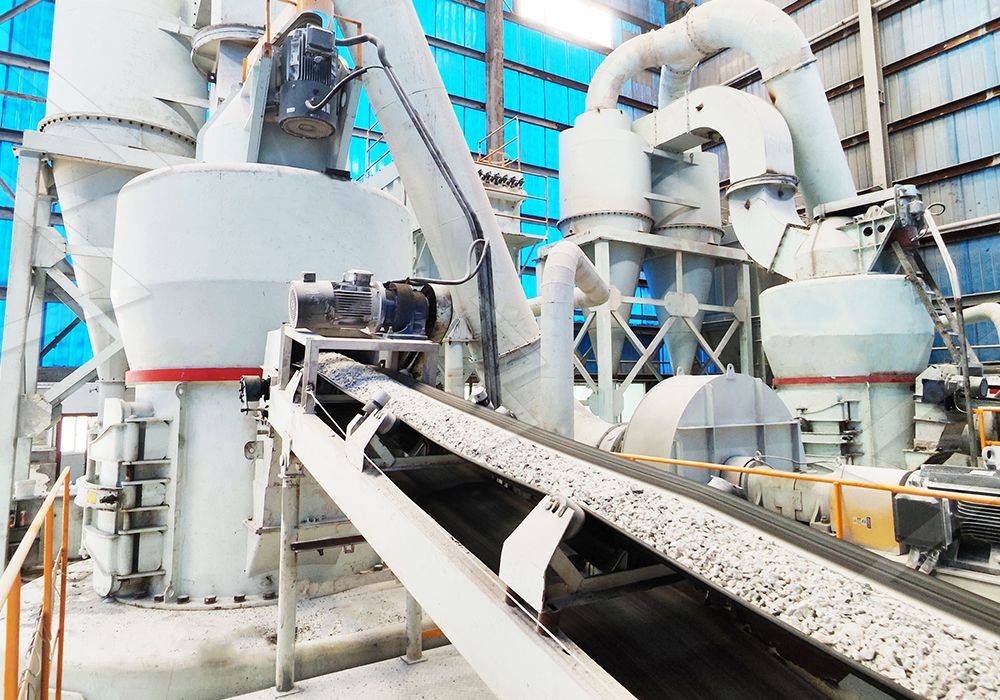Strategies to Improve Talc Grinding Mill Capacity and Efficiency
Strategies to Improve Talc Grinding Mill Capacity and Efficiency
In the competitive world of mineral processing, optimizing talc grinding operations is crucial for maintaining profitability and meeting market demands. Talc’s unique properties—softness, plate-like structure, and chemical inertness—present both opportunities and challenges for grinding mill operators. Implementing strategic improvements can significantly enhance both capacity and efficiency while reducing operational costs.
Pre-processing and Feed Optimization
Proper material preparation before grinding represents the first critical step toward improved performance. Ensuring consistent feed size distribution directly impacts grinding efficiency. Implementing precise crushing and screening operations to maintain optimal input size (typically 0-20mm for advanced mills) prevents mill overload and promotes uniform grinding. Moisture control is equally important, as excessive moisture can lead to material buildup and reduced throughput. Many operations benefit from pre-drying systems that maintain moisture levels below optimal thresholds.

Advanced Mill Selection and Configuration
Choosing the right grinding technology for specific talc applications dramatically affects overall performance. Traditional ball mills often struggle with efficiency challenges, particularly for ultra-fine talc production. Modern vertical grinding mills and specialized ultra-fine grinding systems offer substantial advantages in energy consumption and particle size control.
For operations requiring high-precision talc powders between 325-2500 meshes, the MW Ultrafine Grinding Mill presents an excellent solution. This advanced system achieves production capacity of 0.5-25 tph while consuming approximately 30% less energy compared to jet milling alternatives. The absence of rolling bearings and screws in the grinding chamber eliminates common failure points, while the German-designed cage-type powder selector ensures precise particle classification. The integrated pulse dust collector maintains environmental compliance without compromising operational efficiency.
Process Control and Automation
Modern grinding operations benefit tremendously from sophisticated control systems that continuously monitor and adjust key parameters. Implementing automated systems for feed rate control, classifier speed adjustment, and grinding pressure optimization can maintain peak efficiency despite variations in raw material characteristics. Real-time particle size analysis allows for immediate adjustments to maintain product specifications without manual intervention.

Preventive Maintenance Strategies
Consistent mill performance relies heavily on proactive maintenance practices. Regular inspection of grinding elements, classifier components, and wear parts prevents unexpected downtime and maintains product quality. For talc applications, where contamination must be minimized, the maintenance-friendly design of mills like the LUM Ultrafine Vertical Grinding Mill proves particularly valuable. Its reversible structure allows easy access to grinding rollers for inspection and replacement, significantly reducing maintenance time and associated production losses.
Energy Management and Sustainability
Energy consumption typically represents the largest operational cost in talc grinding. Implementing energy recovery systems, optimizing air flow management, and utilizing high-efficiency classifiers can reduce power requirements by 30-50% compared to conventional systems. The multi-head powder separating technology in advanced mills enables precise control over energy usage while maintaining product quality. Additionally, comprehensive dust collection and noise reduction systems ensure environmental compliance while contributing to operational efficiency.

System Integration and Optimization
Viewing the grinding operation as an integrated system rather than isolated components reveals additional efficiency opportunities. Proper matching of ancillary equipment—including feeders, classifiers, and collection systems—ensures smooth material flow and prevents bottlenecks. Regular system audits identify areas for improvement, from air sealing enhancements to pipeline optimization, that collectively contribute to increased capacity and reduced energy consumption.
Frequently Asked Questions
What is the most significant factor affecting talc grinding efficiency?
Feed size consistency and moisture control typically have the greatest impact on grinding efficiency. Maintaining optimal input specifications ensures stable operation and prevents energy waste.
How can I increase production capacity without major capital investment?
Optimizing classifier settings, improving feed distribution, and implementing preventive maintenance programs often yield 10-20% capacity improvements with minimal investment.
What advantages do modern vertical grinding mills offer for talc processing?
Vertical mills provide superior energy efficiency, better particle size control, lower maintenance requirements, and smaller footprint compared to traditional ball mills.
How important is particle size distribution in talc grinding?
Extremely important. Consistent particle size distribution affects product performance in applications ranging from cosmetics to plastics, making precise classification critical.
What maintenance intervals are recommended for talc grinding mills?
Depending on operating hours and material abrasiveness, comprehensive inspections every 1,000-2,000 hours and preventive component replacement every 4,000-8,000 hours typically maintain optimal performance.
